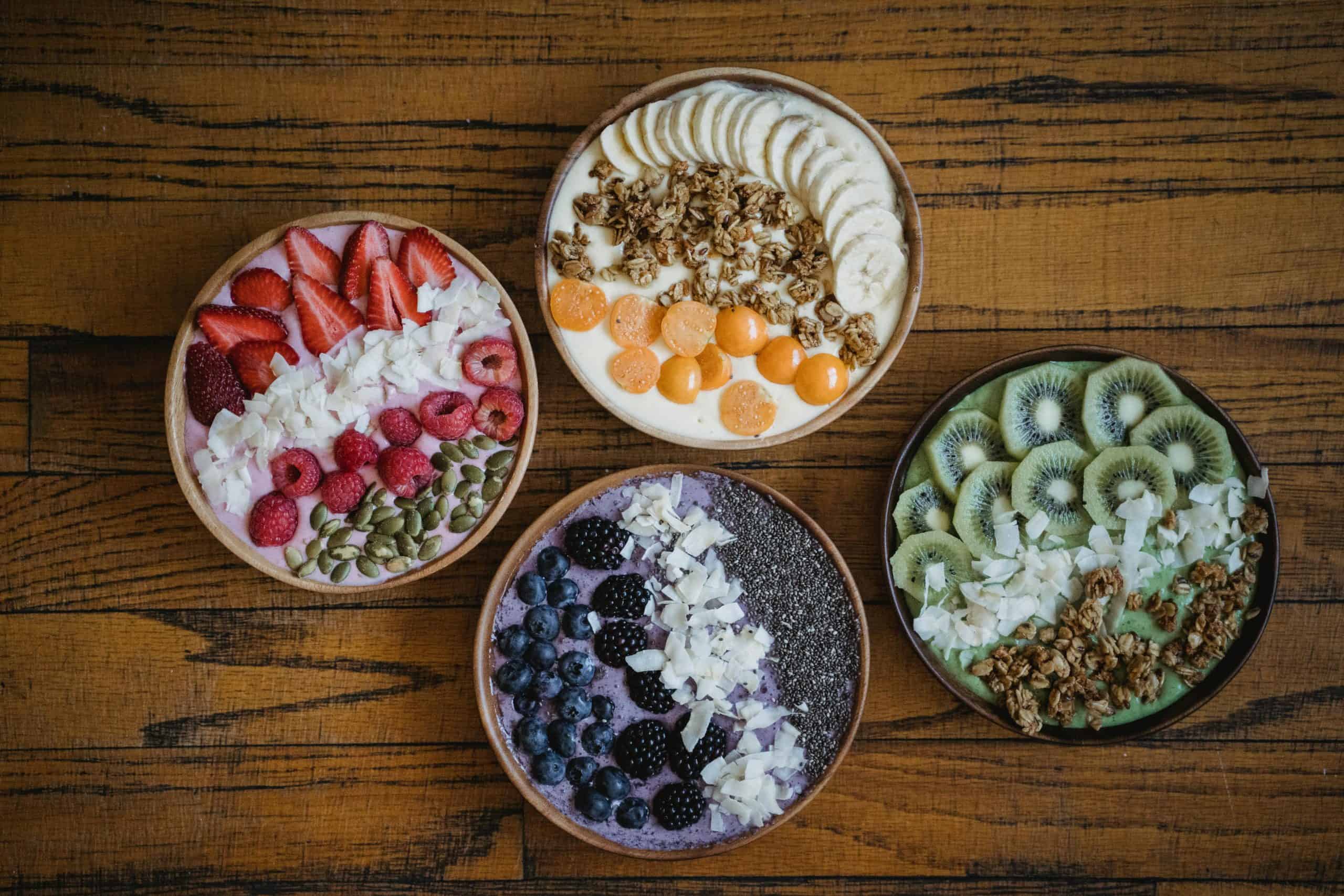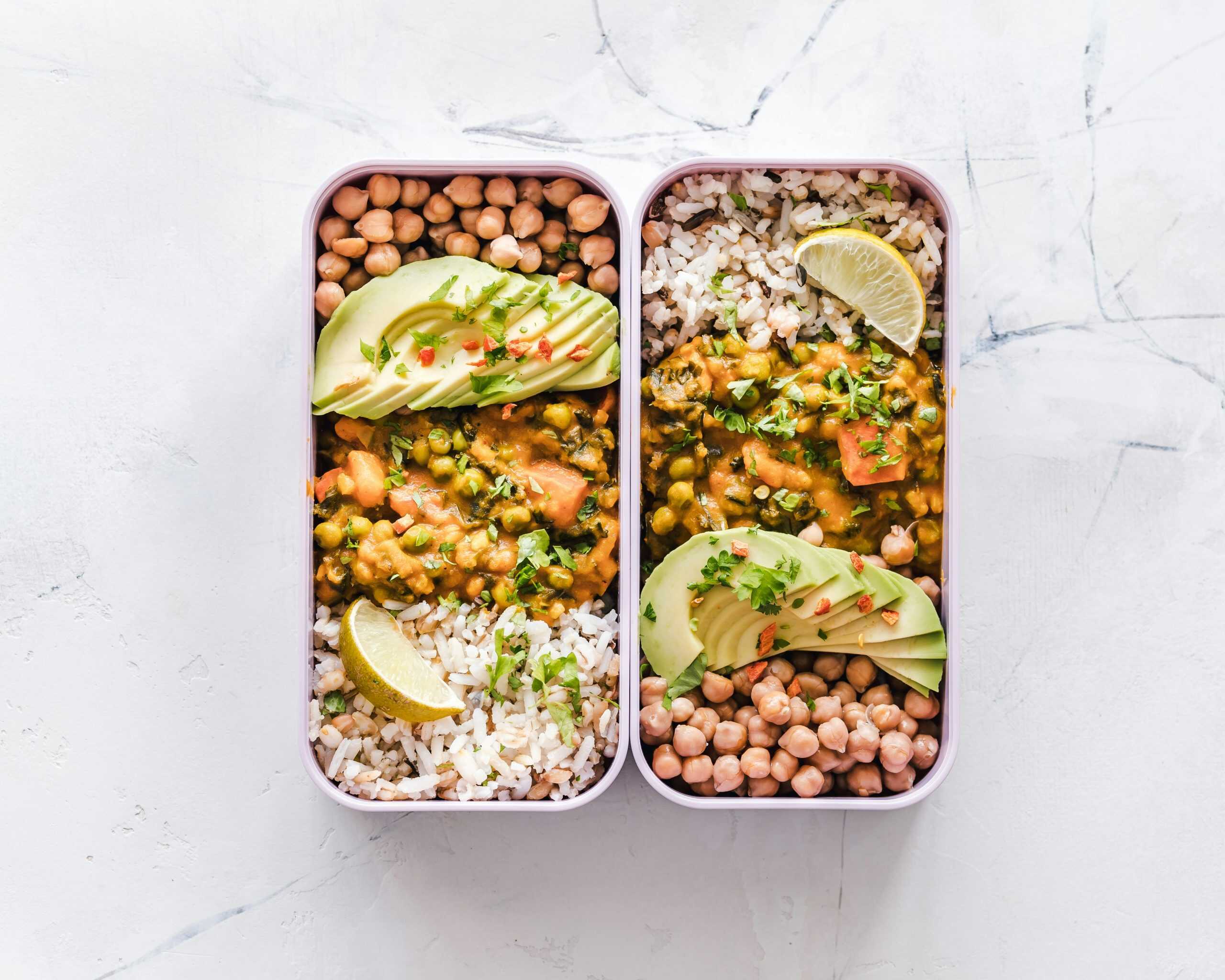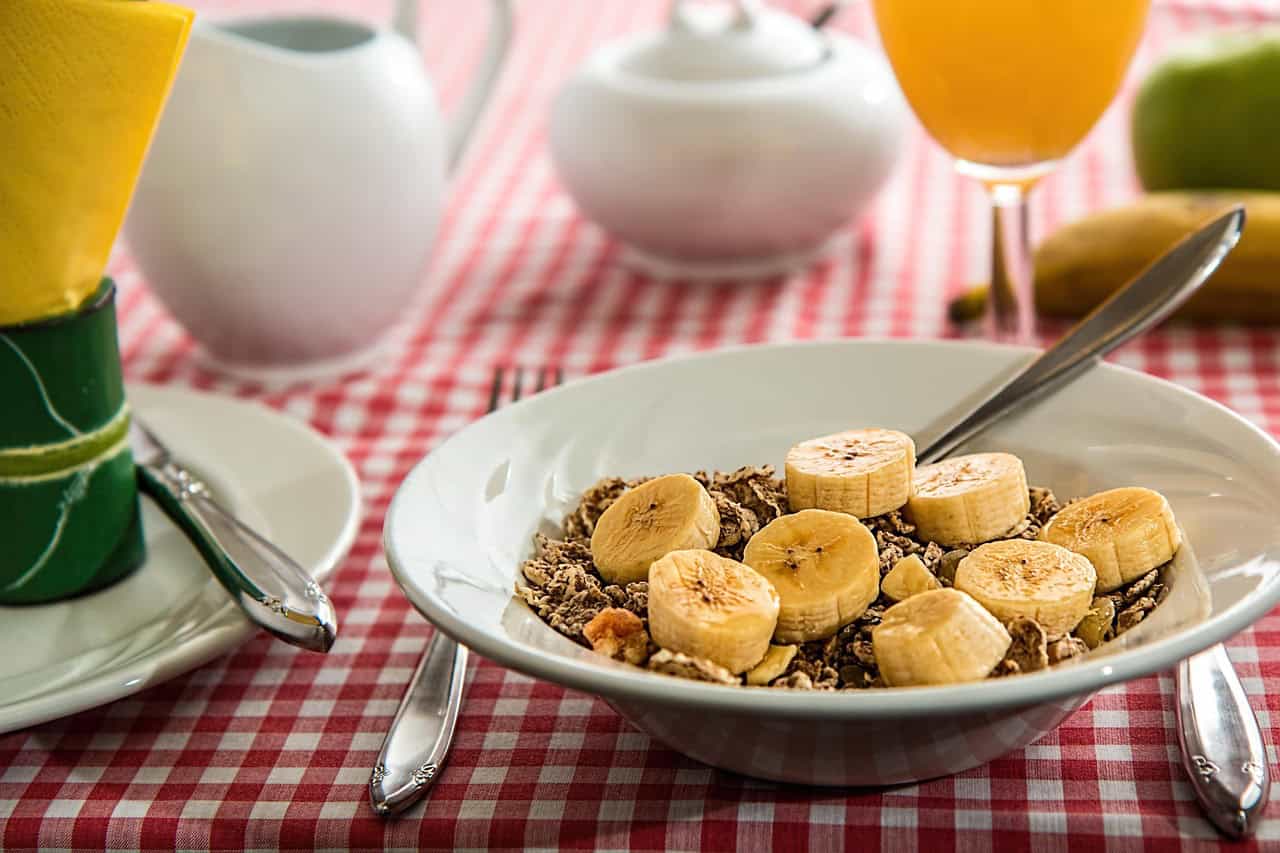Fibermaxxing TikTok Trend: What It Is and Should You Try It?
Look, I’m going to level with you here. After years of witnessing questionable TikTok health trends that range from borderline ridiculous to downright dangerous, I was ready to roll my eyes at yet another social media wellness fad. But then I dove into this whole “fibermaxxing” thing, and honestly? This might be the first time TikTok actually got something right.
Let me paint you a picture: millions of people are suddenly obsessed with eating more fiber. Yes, fiber. That unglamorous nutrient your grandmother always nagged you about. Except now it’s got a catchy name and pretty breakfast bowls all over your For You page. And before you dismiss this as just another flash-in-the-pan wellness trend, here’s the kicker – the science actually backs this one up.
What Exactly Is Fibermaxxing?
Alright, let’s break this down without the TikTok fluff. Fibermaxxing isn’t some revolutionary new concept dreamed up by wellness influencers. It’s literally just eating enough fiber. It’s something nutritionists have been screaming about for decades while most of us nodded politely and continued eating refined carbs.
The trend involves strategically building your meals around fiber-rich foods to meet or exceed the daily recommended intake. We’re talking 25-35 grams per day for adults, which sounds simple enough until you realize that a staggering 93% of Americans don’t even come close to hitting that target. Yeah, you read that right, only 7% of us are getting adequate fiber. No wonder everyone’s jumping on this fibermaxxing bandwagon.
The approach is refreshingly straightforward. Instead of cutting things out (thank goodness, because we’re all tired of restriction diets), fibermaxxing is about adding fiber-rich ingredients to what you’re already eating. Think chia seeds in your smoothie, chickpeas on your salad, or swapping white rice for quinoa. It’s the rare diet trend that’s actually about nourishment rather than deprivation.
Why Your Gut (And Your Doctor) Will Thank You
Here’s where things get interesting, and why I’m actually getting excited about a TikTok trend for once. The health benefits of adequate fiber intake read like a wellness wishlist that actually delivers.
Your Digestive System Gets a Complete Overhaul
First up: your bathroom habits are about to become a lot more pleasant. Fiber acts like nature’s broom, sweeping through your digestive tract and keeping everything moving smoothly. But it’s not just about regularity. We’re talking about feeding the good bacteria in your gut, which affects everything from your immune system to your mood.
Dr. Kyle Staller, a gastroenterologist at Massachusetts General Hospital, puts it perfectly: fiber is “an oldie but goodie” that’s withstood every wellness trend that’s come and gone. While other nutrients have had their moment in the spotlight, fiber remains the reliable friend who’s always had your back.
Blood Sugar Control That Actually Works
Unlike those crash-and-burn sugar rushes you get from refined foods, fiber slows down digestion in the best possible way. Soluble fiber forms a gel-like substance in your stomach, which means your blood sugar doesn’t spike and crash like you’re on some metabolic roller coaster. This isn’t just good news for people with diabetes. Steady blood sugar means more sustained energy and fewer afternoon crashes for everyone.
Heart Health Benefits You Can’t Ignore
Here’s something that might surprise you: soluble fiber actually binds to cholesterol in your digestive system and helps escort it out of your body before it can wreak havoc on your arteries. It’s like having a bouncer for your bloodstream, keeping the troublemakers out.
Weight Management Without the Drama
Forget those restrictive diets that leave you hangry and dreaming about pizza. Fiber adds bulk to your meals without adding calories, which means you feel fuller longer without the guilt trip. It’s not magic – it’s just smart eating that works with your body instead of against it.
The Two Types of Fiber You Need to Know About

Not all fiber is created equal, and understanding the difference can help you make better choices. We’ve got soluble and insoluble fiber, each with its own superpowers.
Soluble fiber dissolves in water and forms that gel-like substance I mentioned earlier. This is your blood sugar and cholesterol management hero, found in foods like oats, apples, beans, and those trendy chia seeds everyone’s obsessing over.
Insoluble fiber doesn’t dissolve in water – instead, it acts more like a scrub brush for your digestive tract, adding bulk and keeping things moving. You’ll find this type in whole grains, nuts, and the skins of fruits and vegetables.
The magic happens when you get both types, which is easier than you might think since most whole plant foods contain a mix of both.
How to Start Fibermaxxing Without Feeling Miserable
Here’s where people mess up: they go from zero to hero overnight and end up bloated, gassy, and swearing off this whole healthy eating thing. Don’t be that person.
Start slowly, like, really slowly. Add maybe 5 grams of fiber per week until you hit your target. Your gut bacteria need time to adjust to their new workload, and rushing the process will leave you uncomfortable and probably questioning all your life choices.
Smart Swaps That Actually Work
Instead of completely overhauling your diet (because let’s be real, that never sticks), try these simple swaps:
- White rice → brown rice or quinoa
- Regular pasta → whole grain or legume-based pasta
- White bread → whole grain bread with visible seeds and grains
- Regular cereal → high-fiber options with at least 5 grams per serving
- Snack crackers → raw vegetables with hummus
The Hydration Factor Everyone Forgets
Here’s a crucial detail that TikTok often glosses over: fiber needs water to function correctly. Increase your fiber intake without upping your water game, and you’ll end up constipated and wondering why everyone raves about this stuff. Aim for at least 8 glasses of water daily, and more if you’re really committing to the fiber life.
Foods That’ll Make Fibermaxxing Actually Enjoyable

Let’s talk about the foods that’ll help you hit your fiber goals without feeling like you’re choking down cardboard. These aren’t punishment foods – they’re genuinely delicious ingredients that happen to be fiber powerhouses.
The Heavy Hitters
- Raspberries and blackberries (8 grams per cup)
- Avocados (10 grams per medium avocado)
- Black beans (15 grams per cup)
- Chia seeds (10 grams per ounce)
- Artichokes (10 grams per medium artichoke)
Meal Ideas That Don’t Suck
- Overnight oats topped with berries, ground flaxseed, and sliced almonds
- Buddha bowls with quinoa, roasted vegetables, and chickpeas
- Smoothies packed with spinach, chia seeds, and frozen fruit
- Bean-based pasta with loads of vegetables
When Fibermaxxing Might Not Be for You
Before you go all-in on this trend, let’s talk about who should pump the brakes. If you have certain digestive conditions like inflammatory bowel disease, SIBO, or diverticulitis, suddenly increasing your fiber intake could make symptoms worse. Always check with your healthcare provider if you have any ongoing digestive issues.
Also, if you’re on certain medications, particularly diabetes medications, the blood sugar-stabilizing effects of increased fiber might affect how your medications work. Again, this is a conversation for your doctor, not TikTok.
The Bottom Line on Fibermaxxing
Look, I’ve seen enough wellness trends come and go to be naturally skeptical of anything that goes viral on social media. But fibermaxxing? It’s basically just encouraging people to eat more plants and whole foods, which is advice that’s been solid since the dawn of nutrition science.
The fact that it took TikTok to get people excited about fiber is both hilarious and slightly depressing, but I’ll take it. If pretty breakfast bowls and catchy hashtags are what it takes to get people eating more nutrients, then so be it.
The beauty of fibermaxxing is that it’s not really a diet – it’s just eating like a functional adult who cares about their health. It’s sustainable, science-backed, and doesn’t require you to give up entire food groups or drink mysterious powders.
So, should you try fibermaxxing? If you’re part of that 93% of Americans not getting enough fiber (and statistically, you probably are), then yes. Start slow, drink water, and don’t let perfect be the enemy of good. Your gut will thank you, your energy levels will improve, and you might just feel better than you have in years.
Just maybe don’t call it “fibermaxxing” in real life. Some trends are better left on the internet.







